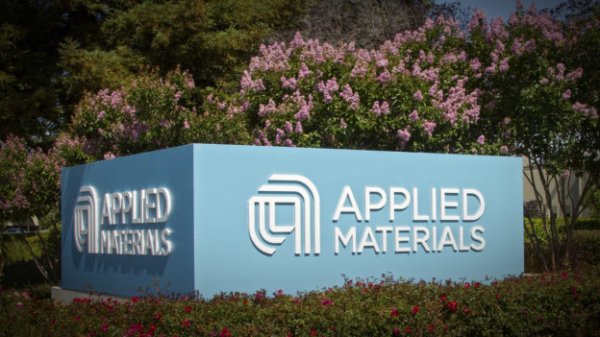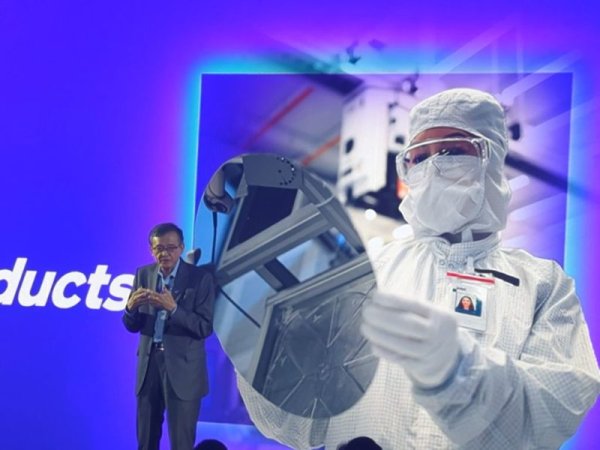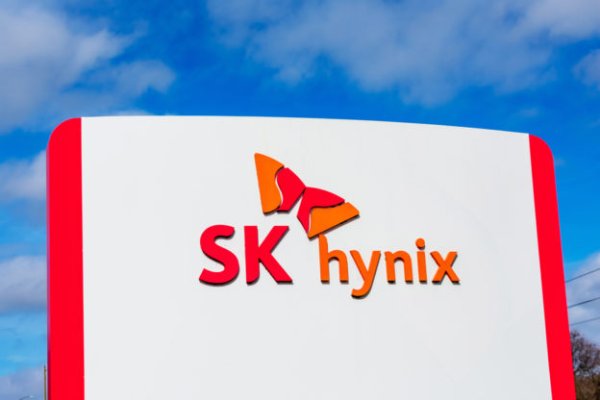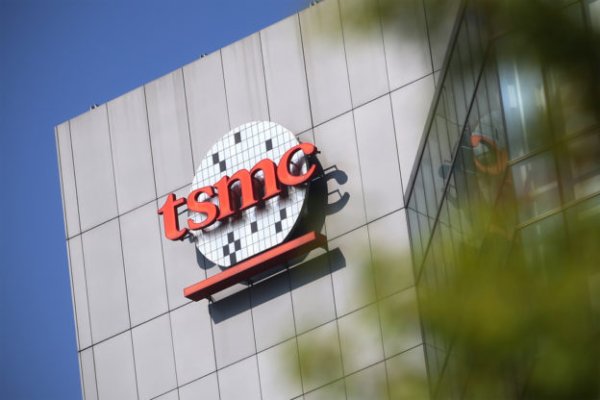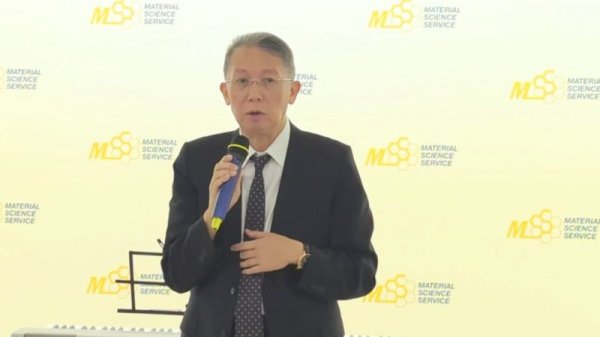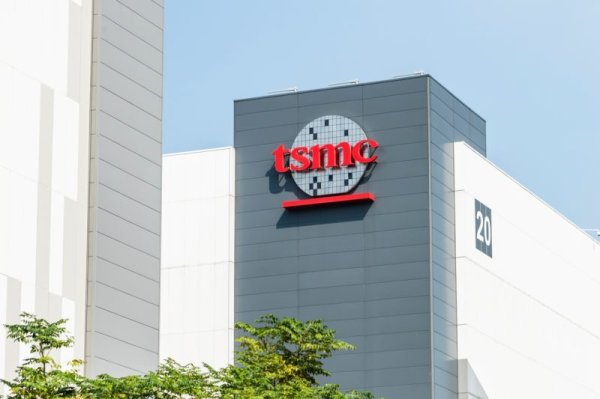The Intel 18A process may fail, when will the blue glory be reappear?
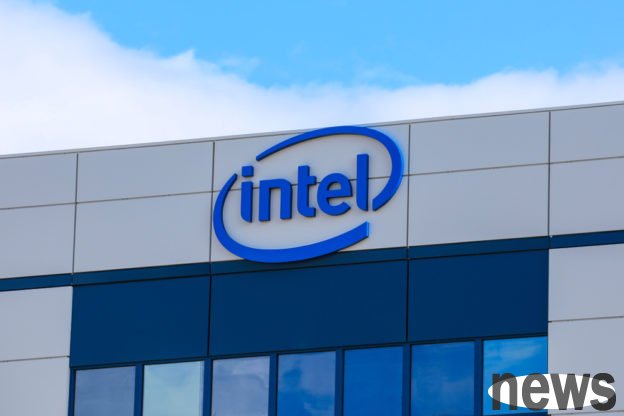
Originally, the outside world thought that Intel announced that it would give up 20A process and focus on 18A process, and had the chance to first advance the process competition to catch up or even surpass opponents' power. However, it has been reported that Intel plans to give up 18A again and turn to more advanced 14A. When will the blue glory of the past be reappear?
The outside world rekindles hope for Intel's advanced process
Although Intel's previous 20A process seemed to have been temporarily implemented by long Pat's 5Y4N (five years and four sessions) strategy, the outside world is actually mostly optimistic about such changes. Because of the sudden and intense process progress, the sudden progress of Intel cannot actually change the past process progress. It is better to be steady and stable than his impetuousness, so that the gap with Taiwan power can be gradually narrowed.
Therefore, the 18A process later became the strategic focus of Intel IDM 2.0, and the new technology has indeed brightened people's eyes. Contains RibbonFET (ring gate transistor) and PowerVIA (back supply). From the Panther Lake technical details that confirmed the 18A process recently, it can be seen that 18A has both top-level energy efficiency and Arrow Lake performance comparable to the 18A, which has rekindled hope for Intel's advanced process.
However, recently SemiAnalysis reported that Intel may give up 18A of its production and make resource conversions more advanced 14A. The reason for the prediction is that the 18A yield and cost control progress is lower than expected, resulting in the inability to guarantee viable prices, capacity and time to external customers (IFS). Because of this, Intel believes it is more practical to leave the 18A process to its own processor, so Panther Lake is likely to be the only processor in the entire market that uses Intel 18A. As for the reason for the development and optimization of resources to 14A, it is also clear: it is to compete with NTEC N2.
The high probability of the US government for IntelIf this news is true, then at least before 2027, the advanced processes below 2 nanometers will be disrupted by Taiwan's electricity, which is undoubtedly a major blow to the Trump administration's US priority policy. Although people in the industry know that Trump had previously called for the first time to start the semi-conductor process and start the landing in the United States, he was passionate in front of the lens and still deceived many outsiders, thinking that the United States was going to take back the semi-conductor process verbal rights.
However, the actual situation is that the US government is not a fool. Taiwan Electric is ultimately a foreign company, and it is also a foreign company located in the high geographical and political risks. Therefore, the US government and the US Department of Defense both hope that Intel will become a truly safe and local advanced process supplier to supply the first-hand processes to the US agile and defense industries. If Intel really gives up the promotion of 18A processes to external customers, the local strategy of manufacturing advanced process chips will be greatly frustrated.
Despite this, Intel has not announced the 18A process to be abandoned. Regardless of the result, we should still have the opportunity to see the 18A process blooming at Panther Lake. What level can this process that has been burdened with the semiconductor industry blue glory bring Panther Lake to? CES will be revealed next year.
Extended reading: Shocked! Chen Liwu terrorizes and promotes Intel 18A, and strives to develop Intel 14A Ning has allowed Taiwan's electricity to become independent within two or three years. Why did Chen Liwu decide to give up Intel 18A and reverse 14A?

